Over time, increasing attention has been paid to keeping water sources. This precious resource is becoming ever-scarcer, yet growers can't do without it, obviously. So, the basic horticulture question barges into the conversation: how can we do more with less? Many companies and growers have upped their irrigation game to keep operating also in a water-scarcity scenario. These are 10 stories about clean water from 2022.
"It is amazing that risks are still being taken with basin and cultivation water"
Basin water is generally mixed with drain water untreated, i.e. without disinfection. All pathogens in the basin are therefore sent directly into the greenhouse. Robert de Hoo and Kees Luykx, distributor and producer of USAF ultrasonic transmitters, are amazed by this.
Robert: "We can actually say that there is often no insight into the quality of the basin water used. The drain water is almost always disinfected, but this is hardly ever done for basin water."
He points to practical examples. "Recently, the Tomato brown rugose fruit virus (ToBRFV) was found in the basin water of a tomato grower in Belgium, while the virus had not (yet) been found in the greenhouse. And at a grower in West-Friesland, a very strong concentration of the Pythium fungus was found in a fully covered basin (against algae growth). In both cases, the water was pumped directly into the mixing containers without any form of disinfection. Both growers found out about these infections by accident. If they had used this contaminated water in the greenhouses, this could obviously have resulted in a lot of extra work and large damage costs."
More demand for pepper washers due to aphids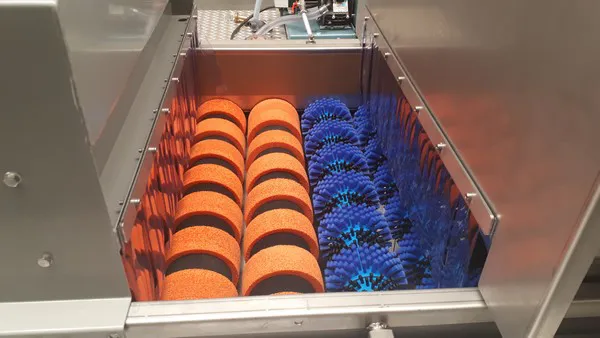
More and more pepper growers have had to deal with aphids this season. The current protection measures no longer seem adequate, causing the peppers to remain covered in aphids. The rejection of Verimark's request for exemption in the Netherlands puts Dutch growers in a difficult position. The Dutch grower will have to look for a sustainable solution that also works in the long run, says Buitendijk Slaman. The company sees (more) demand for pepper washers as a result of the aphid problem.
The aphid contamination mainly accumulates around the calyx of the pepper. This makes it difficult to remove the dirt from the pepper. It is necessary to wash the peppers thoroughly, without damaging them.
Buitendijk-Slaman has decades of experience in producing washers for peppers. In the past years, the customers for these machines were mainly organic growers and outdoor crops. Now that the aphids are not so easy to eradicate, there is more demand on the Dutch market.
More clean water for agriculture and horticulture in times of drought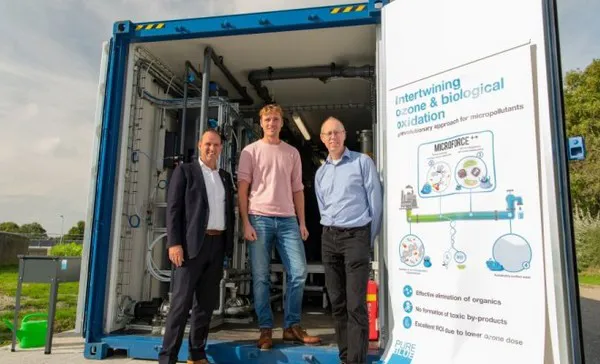
Is it possible to safely use treated wastewater (effluent) from sewage treatment plants (WWTPs) as irrigation water in agriculture and horticulture? A group of water boards, knowledge institutions, and companies, led by Wageningen University & Research, have launched a study to investigate how this can work in practice.
Last summer, it became painfully clear once again that drought and water shortages for agriculture and horticulture can lead to major damage to crops. Especially in Zeeland and Brabant, the urgency of this problem has been strongly felt in recent years. A number of local and national parties led by Wageningen University & Research have joined forces and are jointly searching for alternative sources of water for irrigation. One obvious source is treated wastewater, effluent, from sewage treatment. However, this water is not clean enough because of the micropollutants present, a collective name for drug residues, plant protection products, and other persistent chemicals. Within the EffluentFit4Food project, a way is now being developed to analyze the water quickly and inexpensively and, if necessary, post-treat and purify it in a way that is safe, affordable, sustainable, and scalable.
Is continuous disinfection of water healthy for your plants?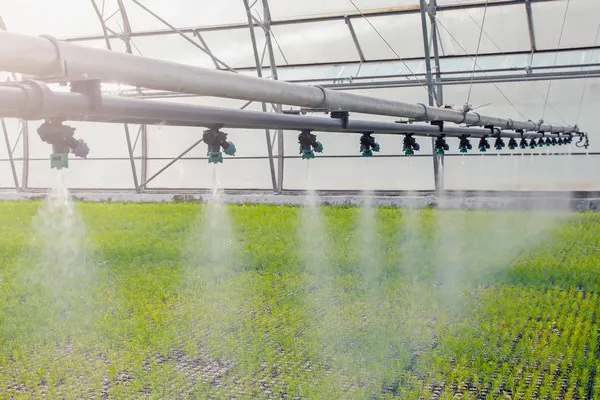
From the field, misunderstandings and questions about the negative effect of making water sterile with continuous dosages of disinfection agents are often heard. When disinfecting the irrigation water, ‘good’ bacteria are also eliminated, but is this the reality? With this article, Intrahorti hopes to provide some answers and solve some confusion. First, let’s start with what the differences in water are.
1. Rainwater or other surface water will always contain a considerable handful of microorganisms and maybe other impurities. Rainwater is healthy and clean enough to give to plants.
2. When having sterile water, which is free from all microorganisms like fungi, bacteria, or spores. The process of boiling the water for a specific amount of time and specific temperature will get you sterile water.
3. Often people confuse sterile water with distilled water, the difference is that distilled water does not contain any minerals like salt, calcium, or iron.
Can you tank mix water soluble fertilizers: pros and cons
Tank mixing is defined as mixing multiple chemicals together in one tank. By giving growers the ability to do just one application vs multiple applications during the week, tank mixing can save time and, as any successful greenhouse operation knows, time (i.e. labor and fertilizer application costs) is money.
But tank mixing (sometimes known as ‘bucket chemistry’) without checking the compatibility of what you’re mixing can cause serious problems that, in the long run, can wipe out all time and cost savings and seriously negatively impact the other main factor in a successful greenhouse operation: increased plant yield. Whether you grow ornamental flowers, vegetables or cannabis plants, in this article, Plant-Prod will share what can go wrong with tank mixing and 4 tips on doing it correctly.
"Water is the new gold"
"The American and Canadian markets are very interesting for us, and we are noticing an increasing international demand for our solutions," says Jeroen de Wit, International Sales Manager Horticulture at Van der Ende Groep. Around three years ago, the Dutch company started making international strides, now promoting the benefits of their solutions to growers outside of the Netherlands. "Clean water is scarce around the world. With our water filtration techniques, we are helping growers to clean and reuse their water."
Reuse and optimize greenhouse water with dehumidifiers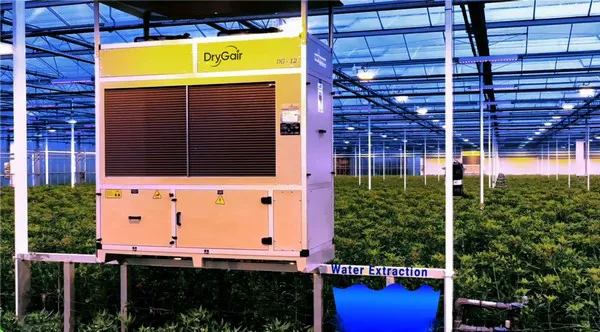
There’s no doubt that the recent drought experienced across Europe is a massive cause for worry for growers. Water availability and pricing have a huge impact on the ability to grow and maintain profitability, and many growers already feel this.
Droughts like these are likely to happen more and more frequently. That means water-intensive sectors, such as greenhouses, may have to rethink their relationship with water, from sourcing, through storage to reuse.
The challenge of water availability is a big one, and there’s no simple solution. However, there are many ways in which growers can save and reuse water. Even relatively small amounts of water can add up and make a difference when it comes to such a large sector.
"Every hour 10,000 m3 clean water into the sea is ridiculous"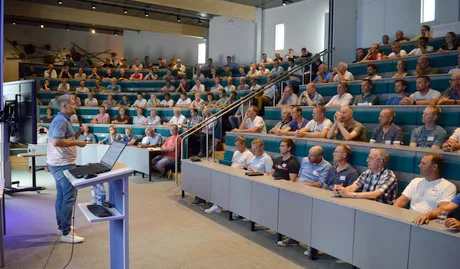
Organizing a Water Day on the hottest day of the year is not without irony. Still, a large group of growers has come to the World Horti Center to have themselves informed about the state of affairs in the horticulture with regard to water purification and zero emission, and also to hear how the availability of clean irrigation water can still be guaranteed in the future.
Cleaner irrigation for New Zealand cucumber grower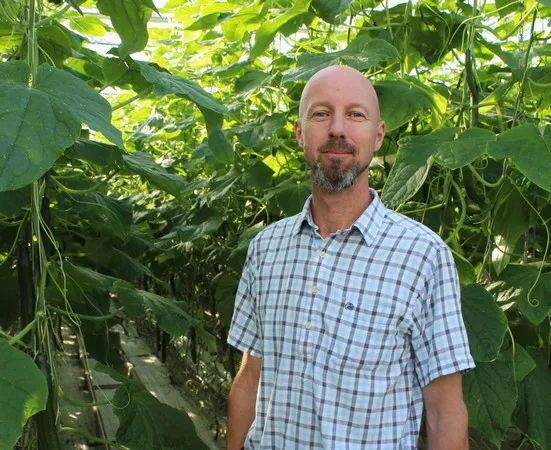
Jade Garden is an important supplier of cucumbers to the local market in the South Island of New Zealand. At their glasshouses in Christchurch, the company emphasizes a safe environment for their employees and healthy conditions for their telegraph cucumbers to grow. For these reasons, the HPGen has been a natural match for the grower, and farm manager Robert Lindsay is enthusiastic about the results he’s seen so far.
Improvement of water quality is stagnating, what's the problem?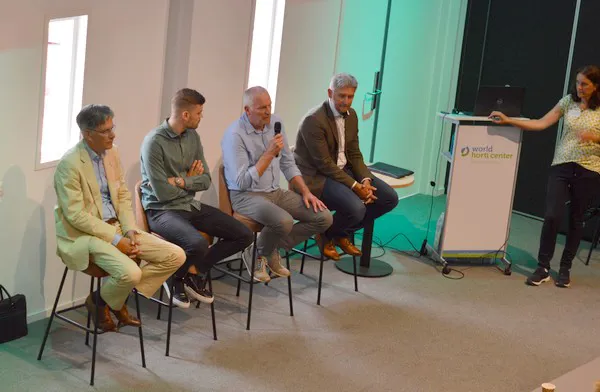
By 2027, the quality of surface water must comply with (stringent) European requirements. Whether the horticultural sector will meet the standards by that time is highly questionable. Although major steps have been taken in purification and recycling, measurements show that progress is leveling off.
Why that is and what needs to be done to still achieve the required water quality was the theme of the Water Day held this week in the World Horti Center (WHC) in Naaldwijk. A panel consisting of Dijkgraaf Piet-Hein Daverveldt, Royal Brinkman water engineer Joshua Reijnen, plant nutritionist Geerten van der Lugt and chairman of the Westland region of Glastuinbouw Nederland Jacco Vooijs presented their findings.
